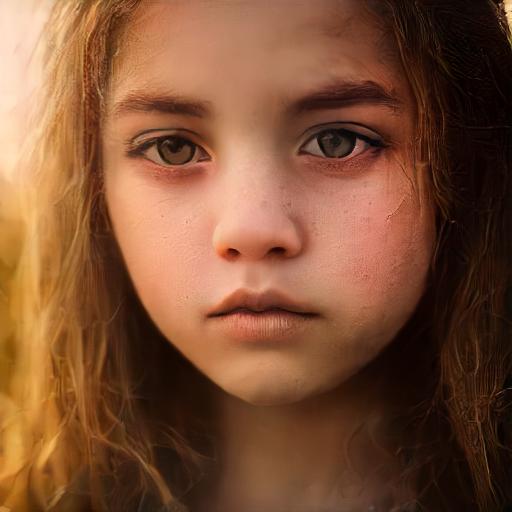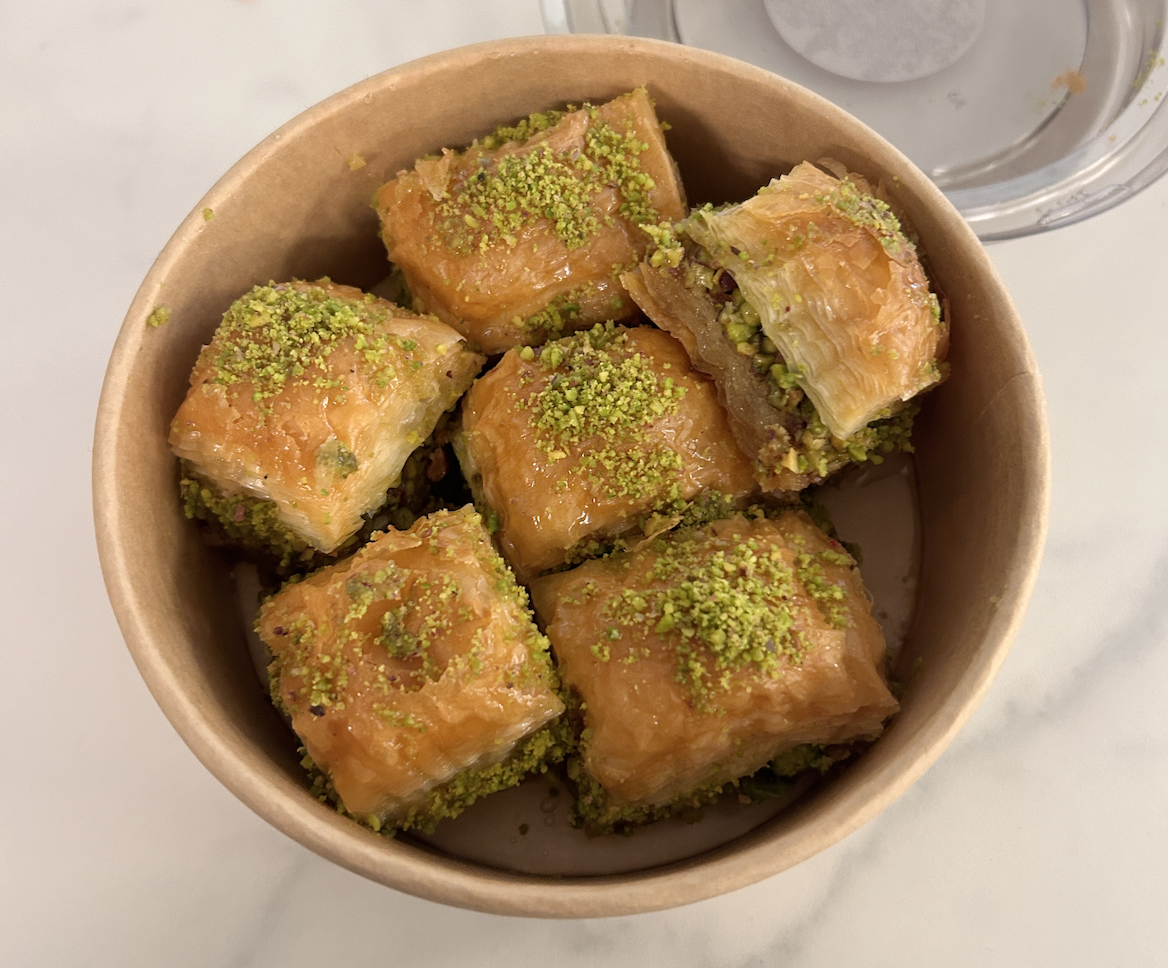fuyu-8b
Maintainer: lucataco

4

| Property | Value |
|---|---|
| Run this model | Run on Replicate |
| API spec | View on Replicate |
| Github link | View on Github |
| Paper link | View on Arxiv |
Create account to get full access
Model overview
fuyu-8b is a multi-modal transformer model trained by Adept AI. It is capable of processing both text and images, allowing it to perform a variety of tasks such as image captioning, visual question answering, and image generation. Similar models created by the same maintainer, lucataco, include PixArt-Alpha 1024px, a text-to-image diffusion system, and SDXL v1.0, a general-purpose text-to-image generator.
Model inputs and outputs
The fuyu-8b model can accept two types of inputs: a text prompt and an optional image. The text prompt is used to guide the model's generation or analysis of the image. The output of the model is a text response that describes the image or answers a question about it.
Inputs
- Prompt: A text prompt that provides instructions or context for the model
- Image: An optional image that the model can analyze or generate content for
Outputs
- Text response: A text output that describes the image or answers a question about it
Capabilities
The fuyu-8b model can perform a range of multi-modal tasks, such as image captioning, visual question answering, and image generation. For example, it can generate detailed captions for images, answer questions about the contents of an image, or create new images based on a text prompt.
What can I use it for?
The fuyu-8b model could be useful for a variety of applications, such as automating image captioning for social media, enhancing visual search engines, or generating custom images for marketing and design. By combining text and image processing capabilities, the model could also be used to build conversational AI assistants that can understand and respond to multimodal inputs.
Things to try
One interesting thing to try with the fuyu-8b model is to experiment with different types of text prompts and see how the model responds. You could try prompts that are very specific and descriptive, or more open-ended and creative. Additionally, you could try providing the model with different types of images, such as photographs, paintings, or digital art, and see how it interprets and generates content for them.
This summary was produced with help from an AI and may contain inaccuracies - check out the links to read the original source documents!
Related Models

sdxs-512-0.9

22
sdxs-512-0.9 can generate high-resolution images in real-time based on prompt texts. It was trained using score distillation and feature matching techniques. This model is similar to other text-to-image models like SDXL, SDXL-Lightning, and SSD-1B, all created by the same maintainer, lucataco. These models offer varying levels of speed, quality, and model size. Model inputs and outputs The sdxs-512-0.9 model takes in a text prompt, an optional image, and various parameters to control the output. It generates one or more high-resolution images based on the input. Inputs Prompt**: The text prompt that describes the image to be generated Seed**: A random seed value to control the randomness of the generated image Image**: An optional input image for an "img2img" style generation Width/Height**: The desired size of the output image Num Images**: The number of images to generate per prompt Guidance Scale**: A value to control the influence of the text prompt on the generated image Negative Prompt**: A text prompt describing aspects to avoid in the generated image Prompt Strength**: The strength of the text prompt when using an input image Sizing Strategy**: How to resize the input image Num Inference Steps**: The number of denoising steps to perform during generation Disable Safety Checker**: Whether to disable the safety checker for the generated images Outputs One or more high-resolution images matching the input prompt Capabilities sdxs-512-0.9 can generate a wide variety of images with high levels of detail and realism. It is particularly well-suited for generating photorealistic portraits, scenes, and objects. The model is capable of producing images with a specific artistic style or mood based on the input prompt. What can I use it for? sdxs-512-0.9 could be used for various creative and commercial applications, such as: Generating concept art or illustrations for games, films, or books Creating stock photography or product images for e-commerce Producing personalized artwork or portraits for customers Experimenting with different artistic styles and techniques Enhancing existing images through "img2img" generation Things to try Try experimenting with different prompts to see the range of images the sdxs-512-0.9 model can produce. You can also explore the effects of adjusting parameters like guidance scale, prompt strength, and the number of inference steps. For a more interactive experience, you can integrate the model into a web application or use it within a creative coding environment.
Updated Invalid Date

idefics-8b

5
The idefics-8b model is an open multimodal transformer that accepts arbitrary sequences of image and text inputs and produces text outputs. It was developed by lucataco and is similar to other multimodal models like idefics2-8b and fuyu-8b. These models can handle a variety of multimodal tasks like image captioning, visual question answering, and generating stories grounded in images. Model inputs and outputs The idefics-8b model accepts arbitrary sequences of image and text inputs and produces text outputs. This allows for quite flexible interactions, where the model can handle mixed inputs of images and text. Inputs Image**: A grayscale input image Prompt**: An input prompt to guide the model's text generation Outputs Output**: The model's generated text output in response to the provided inputs Capabilities The idefics-8b model demonstrates strong multimodal capabilities, allowing it to perform well on tasks that require understanding and reasoning about both visual and textual information. It can be used for applications like image captioning, visual question answering, and generating stories grounded in visual inputs. What can I use it for? The idefics-8b model provides a versatile foundation for building multimodal AI applications. Some potential use cases include: Visual question answering**: Given an image and a question about the image, the model can provide an relevant textual answer. Image captioning**: The model can generate descriptive captions for images. Multimodal storytelling**: By combining images and text prompts, the model can generate stories that are grounded in the visual inputs. Things to try One interesting aspect of the idefics-8b model is its ability to handle mixed inputs of images and text. You could try providing the model with a sequence of images and text, and see how it responds and integrates the different modalities. Additionally, you could experiment with giving the model prompts that require both visual and textual understanding, to see the limits of its multimodal reasoning capabilities.
Updated Invalid Date

sdxl-lightning-4step

412.2K
sdxl-lightning-4step is a fast text-to-image model developed by ByteDance that can generate high-quality images in just 4 steps. It is similar to other fast diffusion models like AnimateDiff-Lightning and Instant-ID MultiControlNet, which also aim to speed up the image generation process. Unlike the original Stable Diffusion model, these fast models sacrifice some flexibility and control to achieve faster generation times. Model inputs and outputs The sdxl-lightning-4step model takes in a text prompt and various parameters to control the output image, such as the width, height, number of images, and guidance scale. The model can output up to 4 images at a time, with a recommended image size of 1024x1024 or 1280x1280 pixels. Inputs Prompt**: The text prompt describing the desired image Negative prompt**: A prompt that describes what the model should not generate Width**: The width of the output image Height**: The height of the output image Num outputs**: The number of images to generate (up to 4) Scheduler**: The algorithm used to sample the latent space Guidance scale**: The scale for classifier-free guidance, which controls the trade-off between fidelity to the prompt and sample diversity Num inference steps**: The number of denoising steps, with 4 recommended for best results Seed**: A random seed to control the output image Outputs Image(s)**: One or more images generated based on the input prompt and parameters Capabilities The sdxl-lightning-4step model is capable of generating a wide variety of images based on text prompts, from realistic scenes to imaginative and creative compositions. The model's 4-step generation process allows it to produce high-quality results quickly, making it suitable for applications that require fast image generation. What can I use it for? The sdxl-lightning-4step model could be useful for applications that need to generate images in real-time, such as video game asset generation, interactive storytelling, or augmented reality experiences. Businesses could also use the model to quickly generate product visualization, marketing imagery, or custom artwork based on client prompts. Creatives may find the model helpful for ideation, concept development, or rapid prototyping. Things to try One interesting thing to try with the sdxl-lightning-4step model is to experiment with the guidance scale parameter. By adjusting the guidance scale, you can control the balance between fidelity to the prompt and diversity of the output. Lower guidance scales may result in more unexpected and imaginative images, while higher scales will produce outputs that are closer to the specified prompt.
Updated Invalid Date

pixart-xl-2

49
The pixart-xl-2 is a transformer-based text-to-image diffusion system developed by lucataco. This model is similar to other diffusion-based text-to-image models like PixArt-LCM XL-2, DreamShaper XL Turbo, and Animagine XL, which aim to generate high-quality images from text prompts. Model inputs and outputs The pixart-xl-2 model takes in a text prompt, as well as optional parameters like image size, style, and guidance scale. It outputs one or more images that match the input prompt. The model uses a diffusion-based approach, which involves iteratively adding noise to an image and then learning to remove that noise to generate the final image. Inputs Prompt**: The text prompt describing the image to be generated Seed**: A random seed value to control the image generation process Style**: The desired artistic style for the image Width/Height**: The dimensions of the output image Scheduler**: The algorithm used to control the diffusion process Num Outputs**: The number of images to generate Guidance Scale**: The degree of influence the text prompt has on the generated image Negative Prompt**: Text to exclude from the generated image Outputs Output Image(s)**: One or more images matching the input prompt Capabilities The pixart-xl-2 model is capable of generating a wide variety of images, from realistic scenes to fantastical and imaginative creations. It can produce detailed, high-resolution images with a strong grasp of composition, color, and overall aesthetics. What can I use it for? The pixart-xl-2 model can be used for a variety of creative and commercial applications, such as illustration, concept art, product visualization, and more. Its ability to generate unique and visually striking images from text prompts makes it a powerful tool for artists, designers, and anyone looking to bring their ideas to life. Things to try Experiment with different prompts and settings to see the range of images the pixart-xl-2 model can produce. Try incorporating specific styles, moods, or themes into your prompts, and see how the model responds. You can also explore the model's capabilities in terms of generating images with complex compositions, unique color palettes, or otherworldly elements.
Updated Invalid Date